It is so nice to reminisce about travels and holidays and experiences that we have enjoyed. As you will know, if you have been following my blogs, I like to talk about my travels to Japan and from time to time re-review my collection of photos from that time to find hidden gems that I had not published before. Today’s blog is a little like that, in that I have not published most of the photos you see in this blog. But the topic is something that I briefly wrote about in an email home whilst in Kyoto in 2016. You can check out that blog here where I include my email home to my children and family about my activities for the day. I would do this first thing in the morning every day I was away. One such day, on a hot and humid September afternoon, I made my way to the Kyoto Railway Museum. Here is a little review.
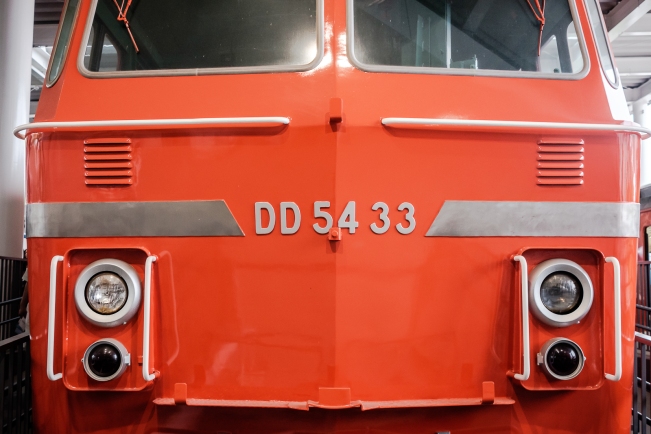
Now to make it clear, I am not a train fan, rail nut or any other such thing. For a Melbourne boy like me, trains are transport. Nothing more. But, after having travelled to Japan a number of times and having experienced the effectiveness, efficiency and capabilities of the Japanese rail network, my attitude certainly shifted quite a bit. They have around 130 million population and most rely on the rail network to get around in a country around double the size as the state of Victoria (Australia). And they do it all on time. Multiple networks connecting the cities via high-speed Shinkansen. A broad web of metro and subway lines that run to every area including mountain climbing trains and mono-rails. If you want to really experience Japan. Then do it all via train.

The Kyoto Railway Museum is only a short bus ride from the front bus terminals outside Kyoto Station. The museum is open from 10:00 to 5:30 every day of the week with the exceptions of Wednesdays. It is open year round except for New Year’s Eve and New Years Day. Entry for adults is 1200 Yen (around $12.00 AUD) and 300 Yen (around $3.00 AUD) for children over 3. The museum itself is a massive campus of both indoor and outdoor exhibition space. Spread across the various spaces, there are 53 examples of rolling stock from every era of Japan’s rail history. The Promenade is a covered outdoor area that showcases several examples of Japanese passenger trains, engines and carriages including my personal favourite the original 0 Series Shinkansen or Bullet Train from the mid-60s.
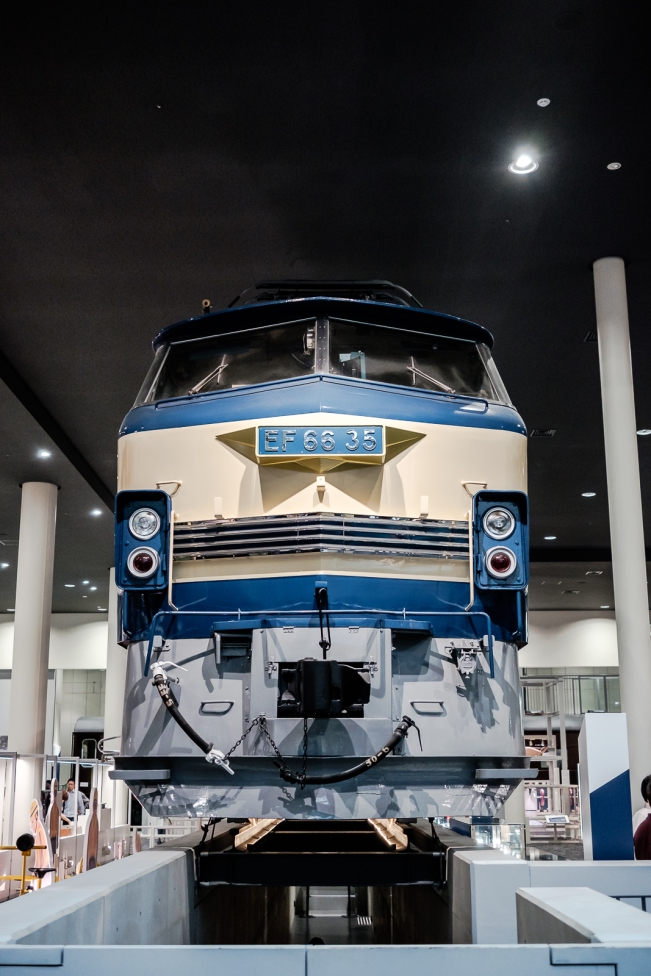
The massive main hall greets you with a number of fullscale train engines from various periods over the rail history including a more recent Shinkansen in the 500 Series model from 1996. The main hall includes other examples of Japanese passenger carriages, cargo carriers and engines. Some are accessible to the public to inspect parts of the inside and others are contained for preservation and safety. Inside galleries throughout the main building, there is a range of railway paraphernalia, scale models, educational activities, dioramas about engineering and historical information on display. One such area is a giant scale model (I think of Kyoto) with a large number of electric trains flying around. From memory, you can control the speed or something like that. The main hall is two stories tall and the whole hall is surrounded by a second-floor balcony looking down on all the exhibition spaces. On this floor, there is also a very nice family cafeteria with snacks, hot meals and cold drinks available. The rear wall of the cafe is all glass and gives a view of the training area for new train drivers as well as being able to see all manner of trains pull up to and out of Kyoto Station.
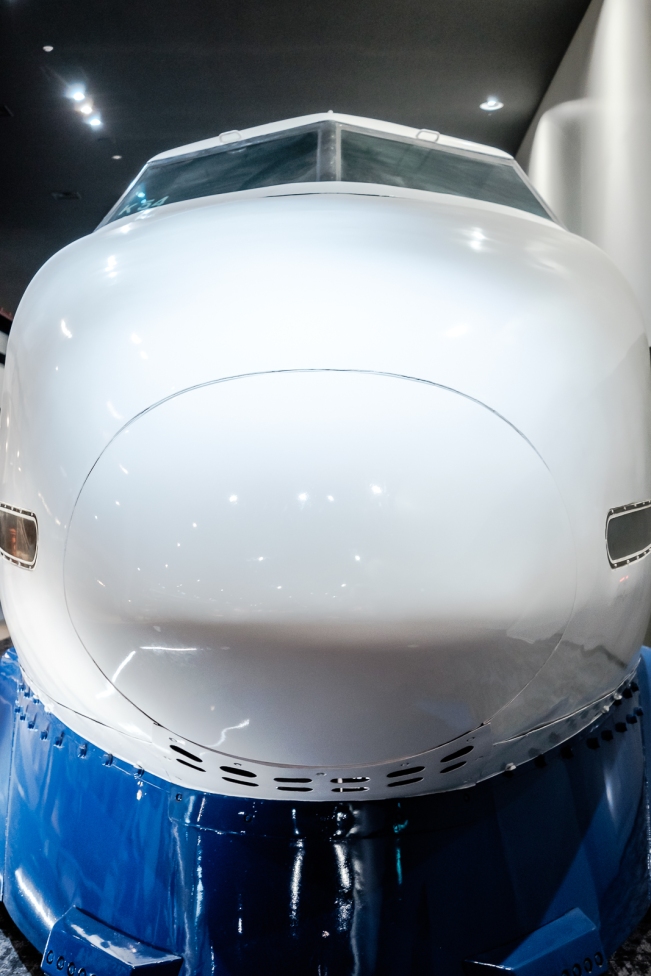
The outside grounds of the museum house a great collection of giant old steam locomotives in a roundhouse complete with a giant turntable in front of it. The roundhouse housed up to 20 steam locomotives. There is a third floor in the main building that is a gallery and library space. The final main space of the Kyoto Railway Museum is the former Nijo Station. This was originally located in Nijo, Kyoto but in the late 1990’s was moved and rebuilt on the site of the Kyoto Railway Museum. Today, it is the gift shop of the complex and of course the exit from the museum. And it is a great museum with a lot of scale toys and models of Japan’s more recognisable trains. My son, who was 6 at the time, appreciated the gifts I brought home from that day. I may have bought myself a few items too!
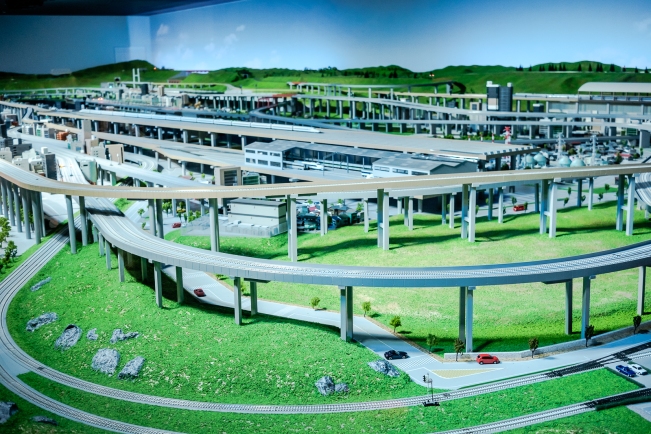
If you have a couple of hours to spare, or are travelling with kids, and want to do something a little different for half a day, then the Kyoto Railway Museum is the way to go. It is interesting, interactive, family-friendly (giant engines for kids to climb through) has a great restaurant serving great meals and is great value for money. I highly recommend it. The history of Japanese rail is quite strong and rich especially when you consider that many of the advances they made, that have put them in the forefront of rail design and technology, were achieved during periods when they were in a state of blackout from the rest of the world. The link to the Kyoto Railway Museum (in English) is right here. I hope that you enjoyed this little review. If you have been to this museum then please let me know in the comments below what you thought of the experience. Stay tuned for more reviews on my experiences in Japan. Happy travels.
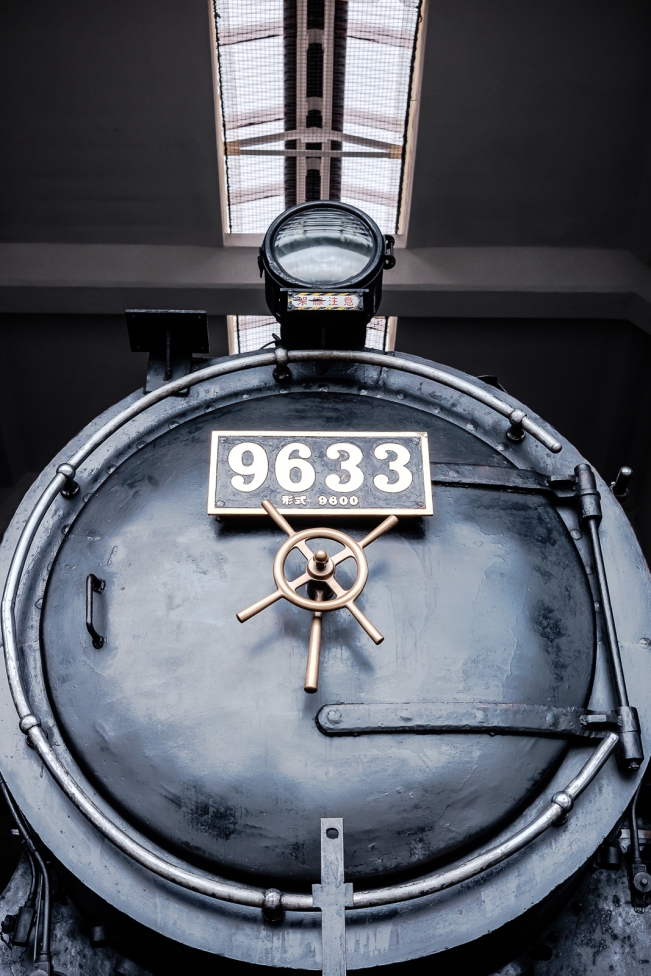









































One Response to Kyoto Railway Museum – Kyoto, Japan 2016
[…] can check out some of those explorations such as my time at the Kyoto Railway Museum by clicking here. Or my time at a tiny little Shinto Shrine dedicated to the Boar here. I am enjoying writing […]
LikeLiked by 1 person